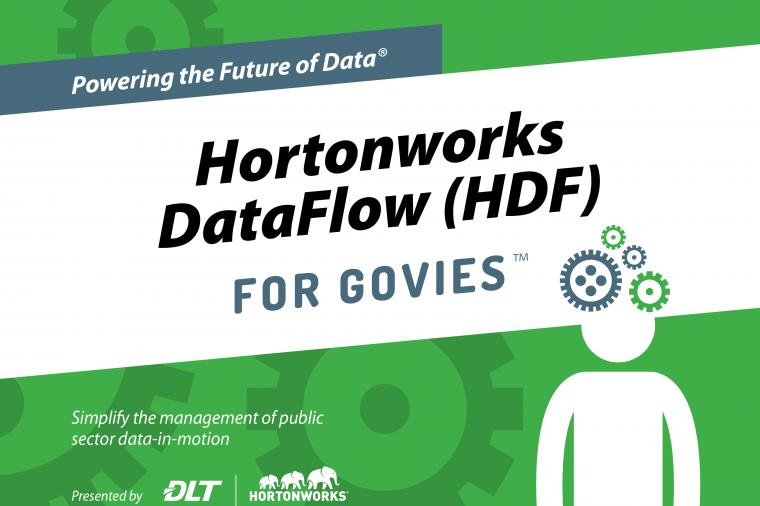Three Tips to Turn You Into a Database Superhero
Iron Man thinks he’s so cool, but he’s got nothing on the heroics that database administrators perform everyday. Sure, he had to deal with aliens invading Earth and destroying New York, but at least he had the Avengers backing him up. Let’s see him try to manage multiple database platforms and keep an eye on the entire network infrastructure to ensure it runs smoothly on a reduced budget and with an increased emphasis on security.
That’s the challenge that an increasing number of today’s federal database administrators are facing. According to a survey* by SolarWinds, many organizations are using multiple database platforms in production for mission-critical workloads. The most common of these are SQL Server, Oracle and MySQL.
Managing one database is hard; managing three can be like trying to take on both Loki and Ultron at the same time. Before you fold under pressure, however, take solace in the fact that there are a few best practices that can help you save the day.
1. Forget about the traditional ways of database monitoring. Every superhero needs a good origin story – the tale that makes them don the cape and become the person they were destined to be. Usually, that story involves embracing an evolution from the way things were to the way they are now – just like Captain DBA.
The beginning of your story as a DBA superhero starts with learning to disregard the old ways of database performance management. Traditional database monitoring, with scripts, tools and reports for separate systems, simply has no place in today’s multi-DBMS environments.
Instead, you must use multi-dimensional analysis which enables you to approach each problem – no matter the DBMS – with the same proactive tuning and managing actions. This will give you immediate and complete insight into production code and performance data and allow you to truly understand the performance of your databases.
You also need metrics, but those metrics need to be easily decipherable and put into context, or else they become nothing but a lot of noise. The metrics need to correlate with response times, so that you can better understand how things like resource contention can impact the health of your database.
2. Use a single solution to monitor everything. Once you’ve accepted your destiny, you must act like Batman working with Chief Gordon – saving Gotham while staying within the confines of the law. In this case, the law is the federal government and its ongoing efforts to securely streamline IT to increase efficiency. Working within those efforts means looking for ways to more effectively manage your various tools and resources through a single solution.
Instead of using separate tools to monitor on-premises, virtual, cloud, or as-a-service databases, deploy a solution that can help you cover everything. You’ll be able to gain rich visibility into every aspect of your database infrastructure, making things much easier to manage. This will also give you the ability to easily pinpoint performance issues across hybrid environments, allowing you to quickly rectify any potential problems without having to do any digging manually.
3. Work as a team. The Justice League of America is stronger together than even Superman by himself, and success in your agency depends on you being on the same page as your developers and service administrators. This is especially true if you’re in one of the many government agencies that have begun to employ a DevOps model.
Working with different databases should not impede your efforts to work collaboratively with other members in your IT organization. As such, you should instill a sense of teamwork by allowing developers, QA engineers, architects, and others to have access to your databases performance metrics including historic baselines. That way, they’ll be able to ascertain the performance of applications, allowing them to incorporate this information into their development cycles and freeing you up from having to provide them with production data. This approach creates a more efficient operation all around without sacrificing performance. Just remember to restrict administrative rights appropriately and provide limited access as necessary, so you have secure collaboration.
As a DBA in the federal government, you’ve been bestowed with a great responsibility. Fortunately, now you have great power to help manage that responsibility. Use it wisely, and you too can become a DBA superhero.
*Survey fielded by TechValidate Software, Inc. on behalf of SolarWinds in October 2014 among 301 SolarWinds customers.
By Gerardo Dada, VP of Product Marketing, SolarWinds
For more information, contact ipm@www.dlt.com.








































